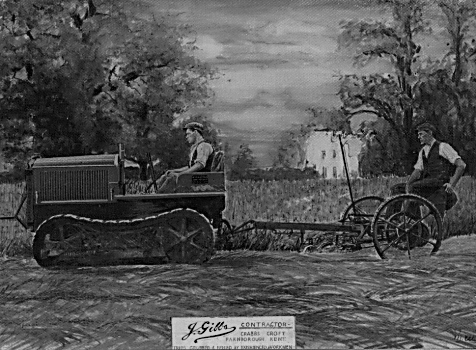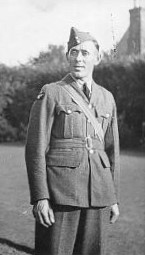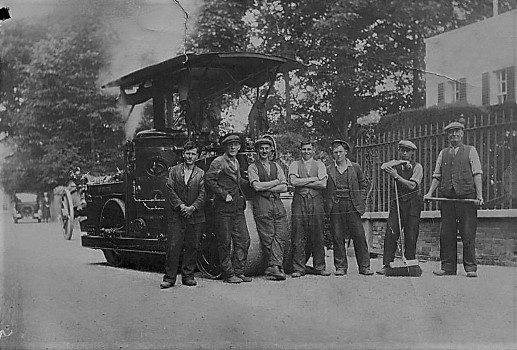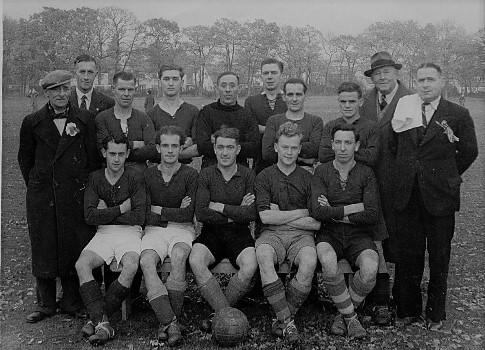


14. WHEN THE LIGHTS WENT ON AGAIN..... Peace and the Class of
’45 - Part 2
Wartime memories of Farnborough Kent children
by John Riches. 2004.
“It is with much sadness and regret that I inform you that Gladys Moat passed peacefully away on 19th October 2004. She will be deeply missed by all those who knew and loved her.” Mike Lowe – Friend and executor of Mrs Gladys Moat. Back to Introduction |
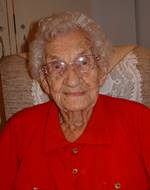 |
